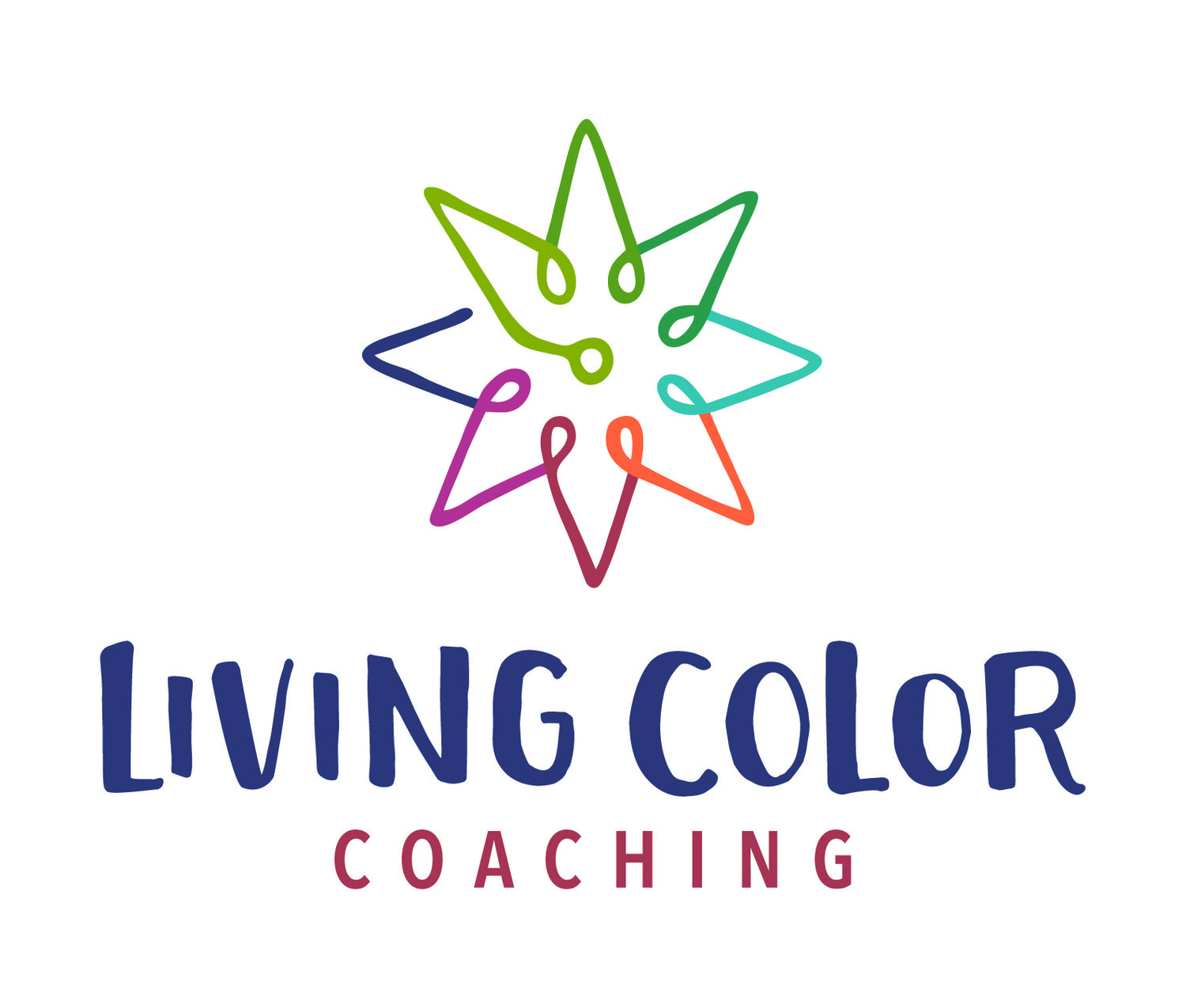Clean Pain
The first time I heard clean pain defined as "unavoidable pain caused by grief, loss, or separation", I understood this viscerally. I've been through a few periods of very clean pain in my life when I lost loved ones.
The thing about clean pain is this: we need it, and we truly need to let ourselves feel it.
It is a way of honoring what and who we love, and of owning what we have left behind. If we aim to avoid feeling it when it comes, we are kidding ourselves.
The avoidance itself becomes this nucleus, a center of energy around which the rest of our lives must, by default, revolve.
And this cycle has energy that you wouldn’t believe. Well, maybe you would. If you’ve done this dance of avoidance, you’ll know what I mean.
Dirty Pain
Dirty pain is pain, make no mistake. But it's essentially "made up". That's right, it's not at all true. It can masquerade as real pain with a lovely added layer of self-criticism, self-doubt, worry, or a limiting belief.
When we subject ourselves to dirty pain, we agree to accept the overwhelm that comes from not only believing a thought, but of judging ourselves for believing it.
Does this sound familiar? I can tell you that virtually all of my clients do it at one time or another.
Dirty pain can also come from a self-flagellating acceptance of any negative, albeit familiar, thought that enters our neural pathways. For example, one of my clients found himself thinking, several times a day, “I am inferior."
Let’s be honest, who hasn’t had that thought? Don’t we all feel that way at one time or another, when we are in the presence of someone far more accomplished at parenting or public speaking or ballet?
I go right to that thought when I see someone 30 years my junior doing six back handsprings, or when I admire a very funny stand-up comic. Here is the dialogue in my head, for your listening pleasure: “Why didn’t I ever learn to do anything like that? What is wrong with me? I have wasted my life.”
But, the degree to which we can take the thought out, like a physical object--say a purple gremlin, a piece of rotten fruit or a well-worn chewed up dog toy-- and look at it, noticing it’s inconsistencies, and recognizing other truths that coexist along with it, is the process that sets us free.
Take my critical thoughts about the handsprings, for instance. I might remind myself that I couldn’t even do a cartwheel until I was in college, that I never took gymnastics, and that I have a rather healthy general fear and resistance to putting my body in peril. And, let’s be real - stand up comedy? Ballet? If I truly wanted to excel at that, wouldn’t I have done it by now?
It’s very common, with those of us familiar with this self-flagellating belief system, to assume that beating ourselves up is protecting us or motivating us.
We might think, “There’s no way I would work as hard as I do if I believed I was as good as everyone else,” or “I have to face the fact that I’m not good. That’s the only way I’ll get better.”
But consider this: how do you feel when you have just been run over by a herd of monster thoughts?
Bruised, exhausted, and breathless, like a road-rash covered victim of a crash in the 27th day of the Tour De France, or... like the winner on the podium, truly energized, ready to take on the world?
Duende
Whether you recognize the power of your internal process or not, the world can see the difference. And you can feel the difference, too.
That feeling of "bring it on" on the podium is closely connected to duende, literally meaning “ghost” or “goblin” and further defined as “the power to attract through personal magnetism and charm”.
The Spanish poet Federico Garcia Lorca used the word to describe a dancer with a connection to the divine, who had “a certain magic” that attracted the audience.
But here’s the thing: we choose our own magic, and our own goblins, demons, and gremlins.




